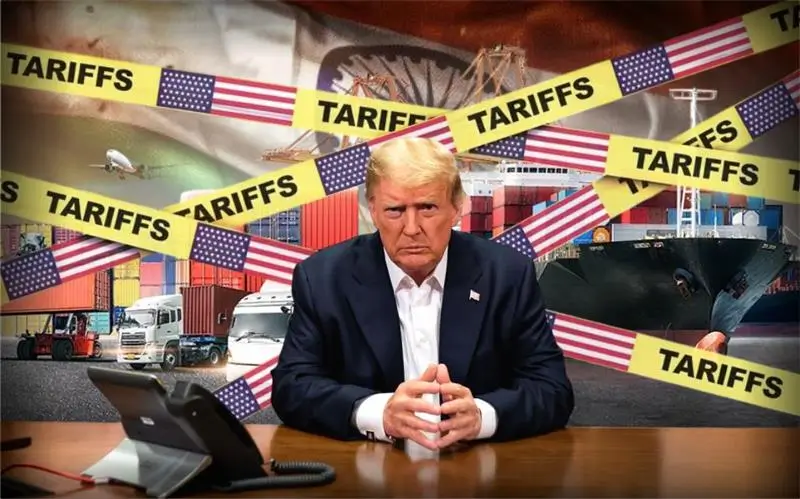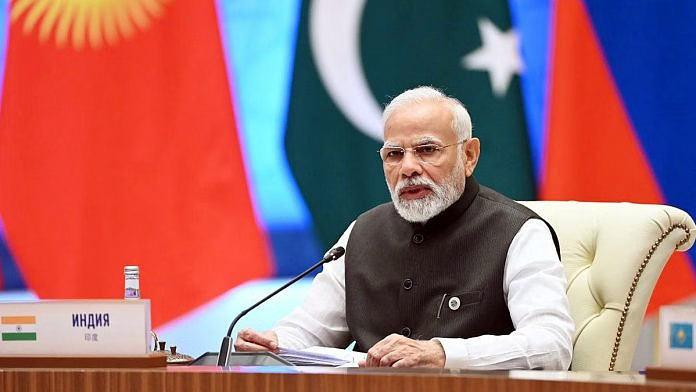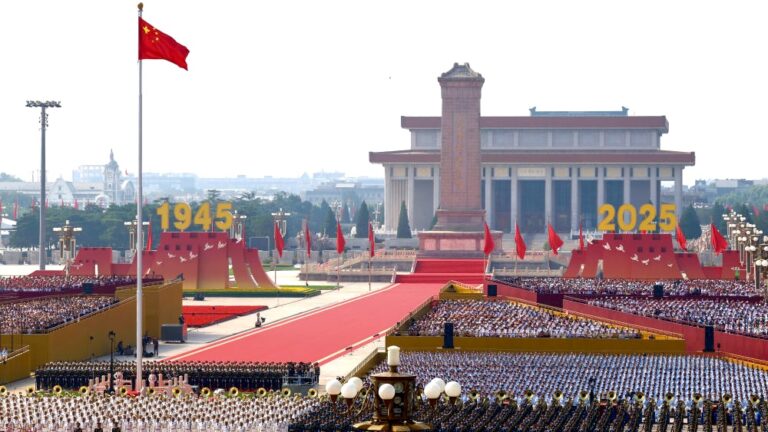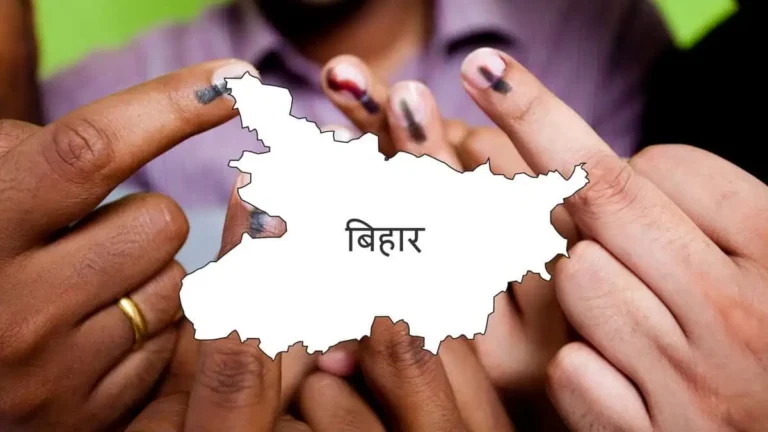
Trade relations between the United States and India have always been complex — a mix of cooperation, competition, and occasional disputes. The recent imposition of US tariffs on Indian exports has once again brought the spotlight on this evolving partnership. While Washington argues that tariffs are meant to protect American industries, New Delhi views them as barriers against fair trade. The question now is: Could this moment mark a turning point in India–US trade relations?
Historical Background
The US and India share a $190+ billion trade relationship (goods and services combined, 2024 figures). Despite this, disputes are not new:
- 1990s – 2000s: India faced restrictions on textile and steel exports.
- 2018: The US imposed tariffs on Indian aluminum and steel; India retaliated with higher duties on American agricultural products.
- 2019: The US ended India’s eligibility under the Generalized System of Preferences (GSP), removing tariff benefits on $5.6 billion worth of exports.
- 2020–2024: Both sides attempted to negotiate a “mini trade deal,” but disagreements persisted over agricultural imports, digital taxation, and intellectual property rights.
Thus, the new tariff wave is part of a larger pattern rather than a sudden disruption.
What Triggered the Latest Tariffs?
.webp)
The US administration has imposed fresh tariffs on select Indian exports, particularly in sectors where America accuses India of:
- Trade Imbalances – A consistent surplus in India’s favor.
- Subsidies and Protectionism – Especially in electronics, solar panels, and pharmaceuticals.
- Intellectual Property Concerns – On generic medicines and digital data rules.
For Washington, tariffs are a tool to push India toward market liberalization. For India, however, they raise concerns about shrinking export competitiveness.
Immediate Impact on India
- Exports at Risk: Tariffs on textiles, steel, and IT services could affect India’s $80+ billion export basket to the US.
- MSME Pressure: Many small and medium enterprises depend on US markets; tariffs will reduce margins.
- Currency and Investor Sentiment: Any slowdown in exports could affect the rupee and foreign direct investment (FDI) inflows.
- Diversification Push: India may look to expand exports toward Europe, Africa, and Southeast Asia to reduce overdependence on the US.
Impact on the United States
Interestingly, tariffs are a double-edged sword:
- Higher Consumer Prices: Import duties often raise costs for US consumers, particularly in textiles, IT services, and pharmaceuticals.
- Corporate Pushback: US multinationals with operations in India (e.g., tech and pharma companies) prefer open trade.
- Strategic Costs: Tariffs may hurt Washington’s broader Indo-Pacific strategy, where India is seen as a counterbalance to China.
Political Angle

Trade disputes don’t occur in a vacuum; they often reflect domestic political agendas:
- US: Protecting American jobs, particularly in manufacturing, remains a vote-winning issue.
- India: With elections approaching, the government cannot afford to be seen as weak in defending national interests.
Thus, both governments face pressure to stand firm, making compromise difficult.
Could This Be a Turning Point?
Yes — but it depends on how both nations handle the dispute.
Possible Positive Outcomes:
- Revival of Trade Talks: Tariffs could push both sides to finally conclude the long-pending bilateral trade deal.
- Sectoral Cooperation: India and the US may deepen ties in clean energy, defense, digital trade, and supply chain resilience.
- Strategic Realignment: With tensions rising with China, the US may not want to alienate India for too long.
Possible Negative Outcomes:
- Trade War Escalation: India could retaliate with tariffs on American goods like almonds, apples, and dairy.
- Investor Uncertainty: Prolonged disputes may dampen investment confidence.
- Erosion of Trust: Long-term trade spats may affect cooperation in strategic areas such as defense and technology.
Global Context
- China Factor: The US cannot afford to isolate India when seeking allies against China’s trade dominance.
- WTO Disputes: Both nations have taken each other to the WTO multiple times, but rulings take years.
- Supply Chain Shifts: As global companies diversify away from China, India is a natural beneficiary — but US tariffs may slow this momentum.
The Road Ahead
To move forward, both nations may need to:
- Negotiate a Mini Trade Deal: Covering agriculture, digital services, and tariffs.
- Strengthen Strategic Ties: Trade disputes must not overshadow defense and technology cooperation.
- Adopt a Balanced Approach: India needs to open certain markets while the US must recognize India’s developmental needs.
Conclusion
The US tariffs on India present both a challenge and an opportunity. If handled constructively, they could pave the way for a more balanced, transparent, and mutually beneficial trade relationship. If mismanaged, however, they risk escalating into a full-blown trade war.
The world is watching closely — because the outcome will not just shape India–US ties but also redefine global trade alignments in an era of geopolitical uncertainty.






